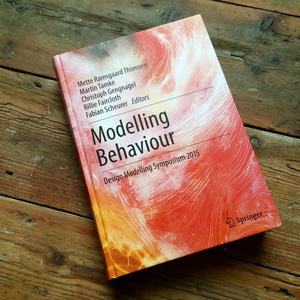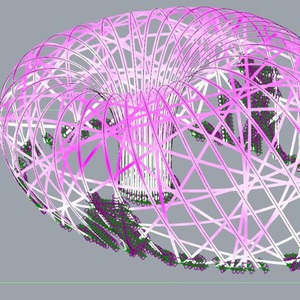Date: 2014-11-01 00:00:00 +0000 UTCTags: AAG, paper, 2014, conference, dynamic, relaxation, genetic, algorithm, topology, optimisation
Form finding and structure optimisation
Within the field of computational design we have been researching different structural form finding and member optimisation techniques for several years and have successfully applied them to a number of real structures.
Our dynamic relaxation with variable mass work on the OnGreening pavilion will be published by Springer Verlag in September 2014 as part of the AAG (Advances in Architectural Geometry) proceedings.
- Harding, J., Pearson, W., Lewis, H. and Melville, S., 2014. <em>The Ongreening Pavilion.</em> In: Proceedings of the AAG Symposium 2014, 18-21 September 2014, London.
The Trada pavilion used a similar technique as have a number of other unpublished schemes. This research has the potential to generate extremely efficient shell and membrane forms.
We have also been active in applying the transformative potential of genetic algorithms and topology optimisation to structures. Huge potential savings in steel weight, concrete volume etc can be made if a conventional engineering typology is allowed to regenerate or re-form following the laws of natural selection or programmed to move from areas of high low stress to high. Parts of the structure could be removed automatically if they contribute little to a load-bearing system. Oxford Brookes Rain Pavilion is an example of this approach.


